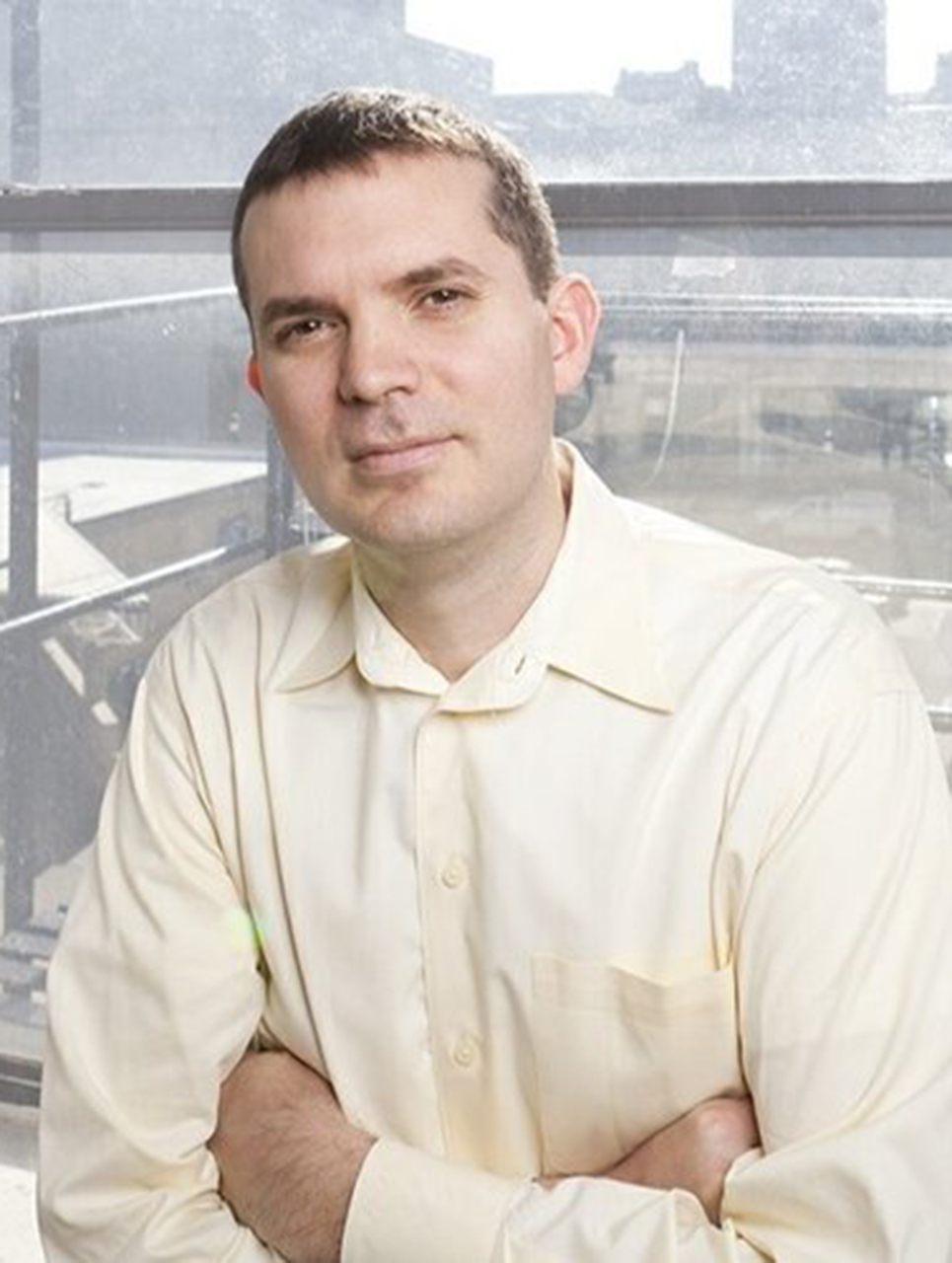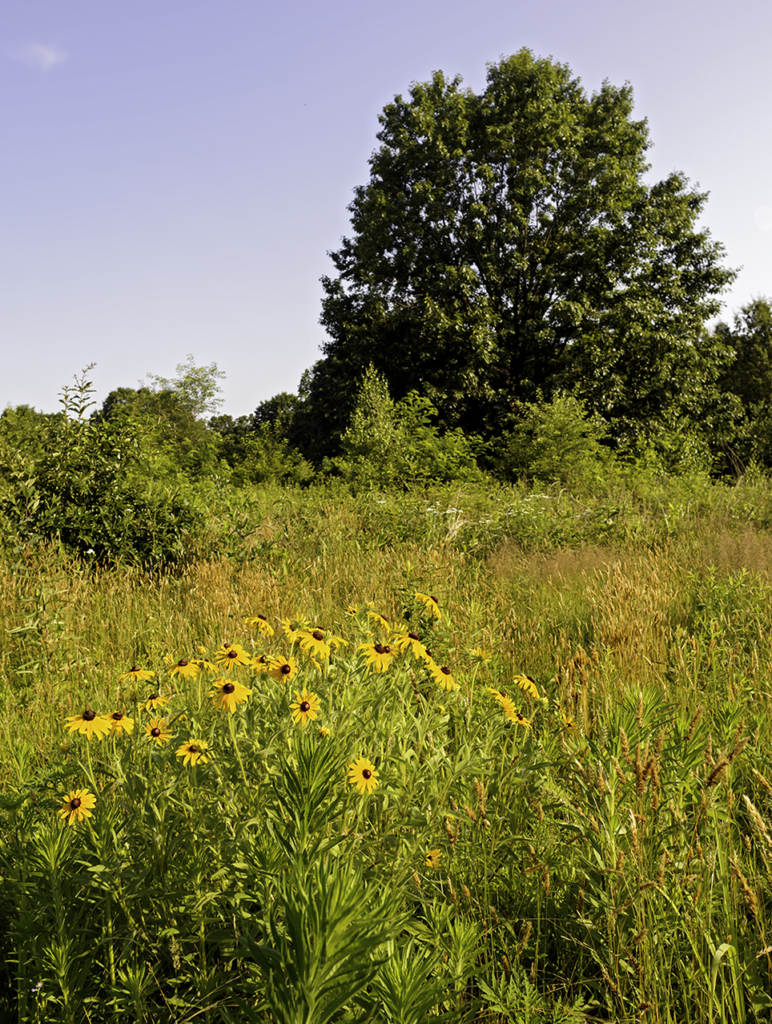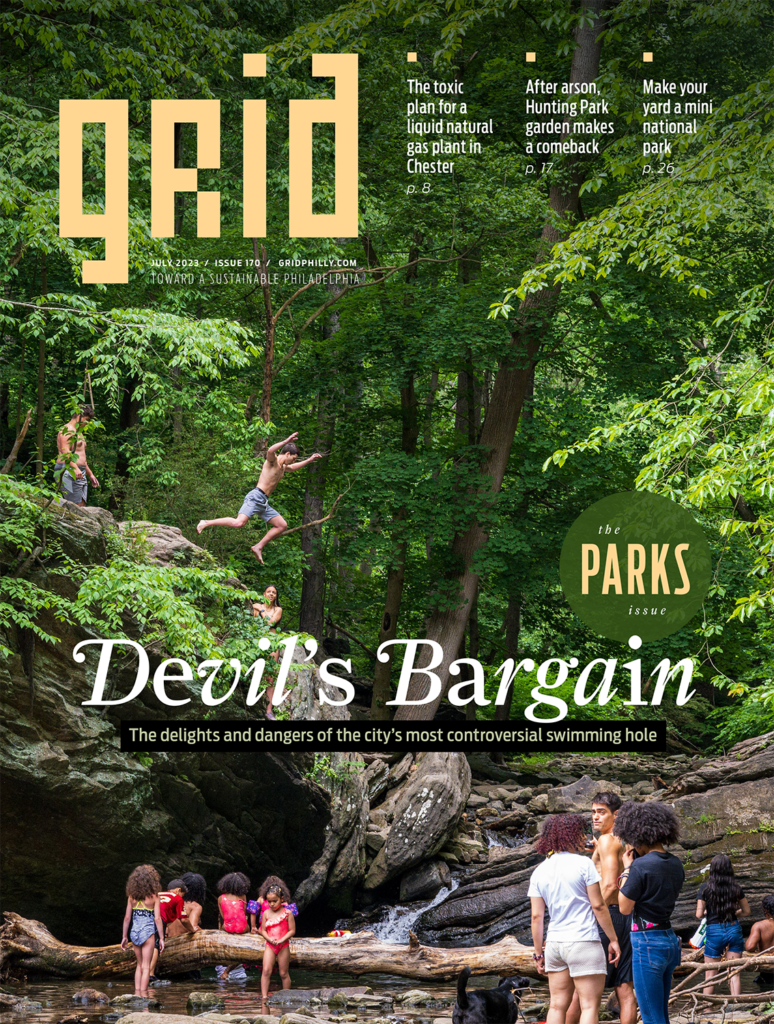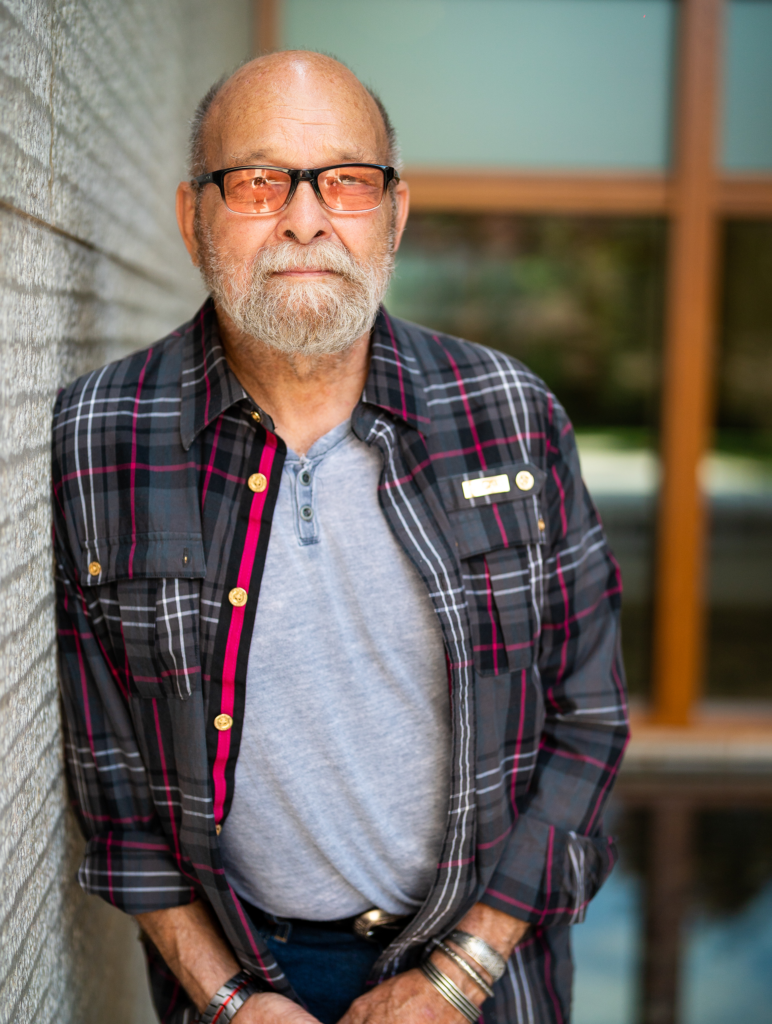On light posts around the city flyers proclaim “No Arena in the Heart of Our City,” protesting the proposal to build a new stadium for the 76ers in Chinatown. The billionaires pushing the scheme make vague promises about jobs and economic activity. The economic benefits of sports stadiums have long been debunked, but, more importantly, aside from those billionaires, has anyone you know ranked a Chinatown arena for the 76ers high on their priorities for Philadelphia?
The city racks up more than 500 homicides per year along with more than 1,000 drug overdose deaths. Forty-six percent of school district students are chronically absent. The city faces a literal rising tide of climate change impacts (increased flooding, rising heat) that threaten to make the city unlivable. Is anyone you know saying, “Hey, what we need is a sports stadium to line the pockets of billionaires like developer David Adelman, who lives in a Main Line mansion so opulent that he spent six-figures building a tequila drinking room. That’s what Philadelphia needs!”
Right, I haven’t heard anyone say that either, and certainly not anyone near Grid’s Chinatown office.
Similarly, it doesn’t seem that there is much grassroots demand in Chester for a liquefied natural gas terminal to help energy companies ship fracked fossil gas overseas, particularly in a poor, mostly Black city that has shouldered so much of the region’s dirty business for decades, such as the Covanta trash burning power plant that incinerates 400,000 tons of Philadelphia’s waste per year. As State Representative Carol Kazeem puts it: “What did we get? A 27% asthma rate, an increase in health risks and illness amongst our seniors, decreasing jobs and companies.”
Wealthy captains of industry and the politicians they pay for have long made plans without consulting the people — often people of color and of fewer resources — who have to live with the consequences. The plans that the Cobbs Creek Foundation, backed by more Main Line billionaires, made for 350 acres of public land offers another example. Given the demands otherwise voiced by the mostly working-class Black neighborhoods nearby for amenities like playing fields for youth sports, it’s hard to imagine that golf would have been anywhere on the list if anyone had bothered to ask in good faith.
The Fairmount Park Conservancy and Philadelphia Parks & Recreation deserve some credit for an extensive community engagement process while planning FDR Park. However, it is clear that something was lost in the execution. The result includes amenities aimed at people who are able to pay to use them — perhaps not a surprising outcome considering the history of mayors and City Councils who have refused to properly fund parks for decades.
There is some hope in Tacony Creek Park, where the Tookany/Tacony-Frankford Watershed Partnership has spearheaded a master planning process that has genuinely sought to learn what community members want in their park. It is unlikely that any money will be coming from the City budget to meet the stated community demands (for extravagances such as trash cans, benches and trails safe from speeding dirt bike riders), but whatever they raise could genuinely be spent on what people need — not golf courses for people from the suburbs to enjoy, not a basketball stadium, and not a way to make money selling climate-wrecking fossil fuels — just safe green space and fresh air.
Bernard Brown, Managing Editor








